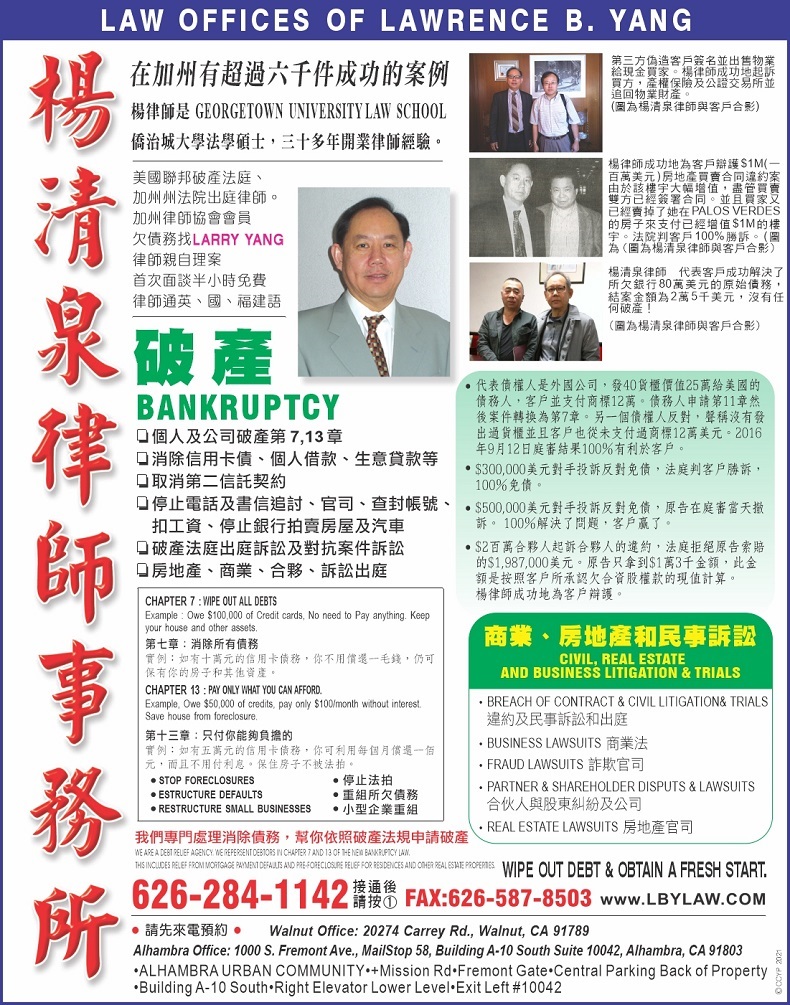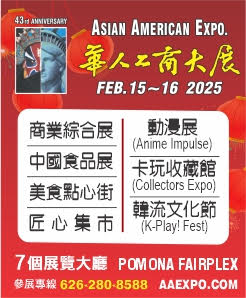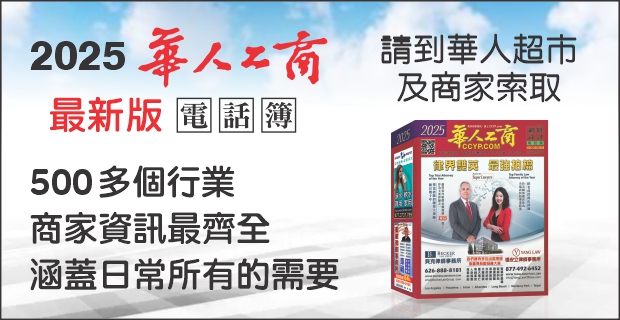THE BASICS OF BANKRUPTCY (Part I) | 杨清泉律师事务所
THE
BASICS OF BANKRUPTCY (Part I)
Article
I, Section 8 of the United States Constitution authorizes Congress to enact
“uniform Laws on the subject of Bankruptcies. Pursuant to this grant of
authority, Congress enacted the “Bankruptcy Code” of 1978. This Code is
codified as title 11 of the United States Code and has been amended several
times since its enactment with the latest amendment in 2005. This is the
uniform Federal law that governs all bankruptcy cases.
The
procedural aspects of the bankruptcy process are governed by the Federal Rules
of Bankruptcy Procedure (Bankruptcy Rules) and local rules of each bankruptcy
court. The Bankruptcy Code and Bankruptcy Rules and local rules set forth the
formal legal procedures for dealing with the debt problems of individuals and
businesses.
There
is a bankruptcy court for each judicial district in the country. Each state has
one or more districts. There are 90 bankruptcy districts across the country.
The
court official with decision making power over federal bankruptcy cases is the
United States bankruptcy judge, a judicial officer of the United States
district court. The bankruptcy judge may decide any matter connected with a
bankruptcy case, such as eligibility to file or whether a debtor should receive
a discharge of debts. Much of the bankruptcy process is administrative,
however, and is conducted away from the courthouse. This administrative process
is carried out by a trustee who is appointed to oversee the case. Since the
start of the pandemic and the foreseeable future, trustees conduct debtor
interviews telephonically or by zoom. Prior to the pandemic, trustee hearings
were held in U.S. trustee hearing rooms in Los Angeles, Woodland Hills, Santa
Ana and Riverside.
A
debtor’s involvement with the bankruptcy judge is usually very limited. A
typical chapter 7 debtor will not appear in court and will not see the
bankruptcy judge unless an objection is raised in the case. A chapter 13 debtor
may only have to appear before the bankruptcy judge at a plan confirmation
hearing. These are done by zoom post pandemic. Pre pandemic, court room
appearances were required. The only formal proceeding at which a debtor must
appear is the meeting of creditors held at the U.S. Trustee hearing rooms. This
meeting is informally called a “341 meeting” because section 341 of the
Bankruptcy Code requires that the debtor attend this meeting so that creditors
can question the debtor about debts and property. Creditors normally don’t show
up especially in “no asset” cases. However, the trustee represents the
interests of all creditors in the case and is responsible for administering
non-exempt assets of the bankruptcy estate.
What
is the goal of bankruptcy? The Supreme Court said this about the purpose of the
bankruptcy law in a 1934 decision in the case of Local Loan Co. v. Hunt:
“[Bankruptcy] gives to the honest but unfortunate debtor…a new opportunity in
life and a clear field for future effort, unhampered by the pressure and
discouragement of preexisting debt.” This goal is accomplished through the
bankruptcy discharge, which releases debtors from personal liability from
specific debts and prohibits creditors from ever taking any action against the
debtor to collect those debts.
Disclaimer: None of the foregoing is considered legal
advice for anyone. There is absolutely no attorney client relationship
established by reading this article.
“ETERNAL FATHER, WE
OFFER YOU THE BODY, BLOOD, SOUL AND DIVINITY OF YOUR DEARLY BELOVED SON, JESUS
CHRIST, OUR LORD AND SAVIOR, IN ATONEMENT FOR OUR SINS AND THOSE OF THE WHOLE
WORLD, FOR THE SAKE OF HIS MOST SORROWFUL PASSION, PLEASE HAVE MERCY ON AMERICA
AND THE WHOLE WORLD.”
Lawrence B. Yang is a graduate of Georgetown University with a Master’s Degree in Law and specializes in Bankruptcy, Business, Real Estate and Civil Litigation. He speaks English, Mandarin and Fujian and has successfully represented thousands of clients in California, including companies overseas. Please call Angie, Barbara or Jess at (626) 284-1142 for an appointment at 20274 Carrey Road, Walnut, CA 91789 or1000 S. Fremont Ave., Mailstop 58, Building A-10 South Suite 10042, Alhambra, CA 91803.

图片翻摄自网路,版权归原作者所有。如有侵权请联系我们,我们将及时处理。
 點評
點評 微信
微信 微博
微博








